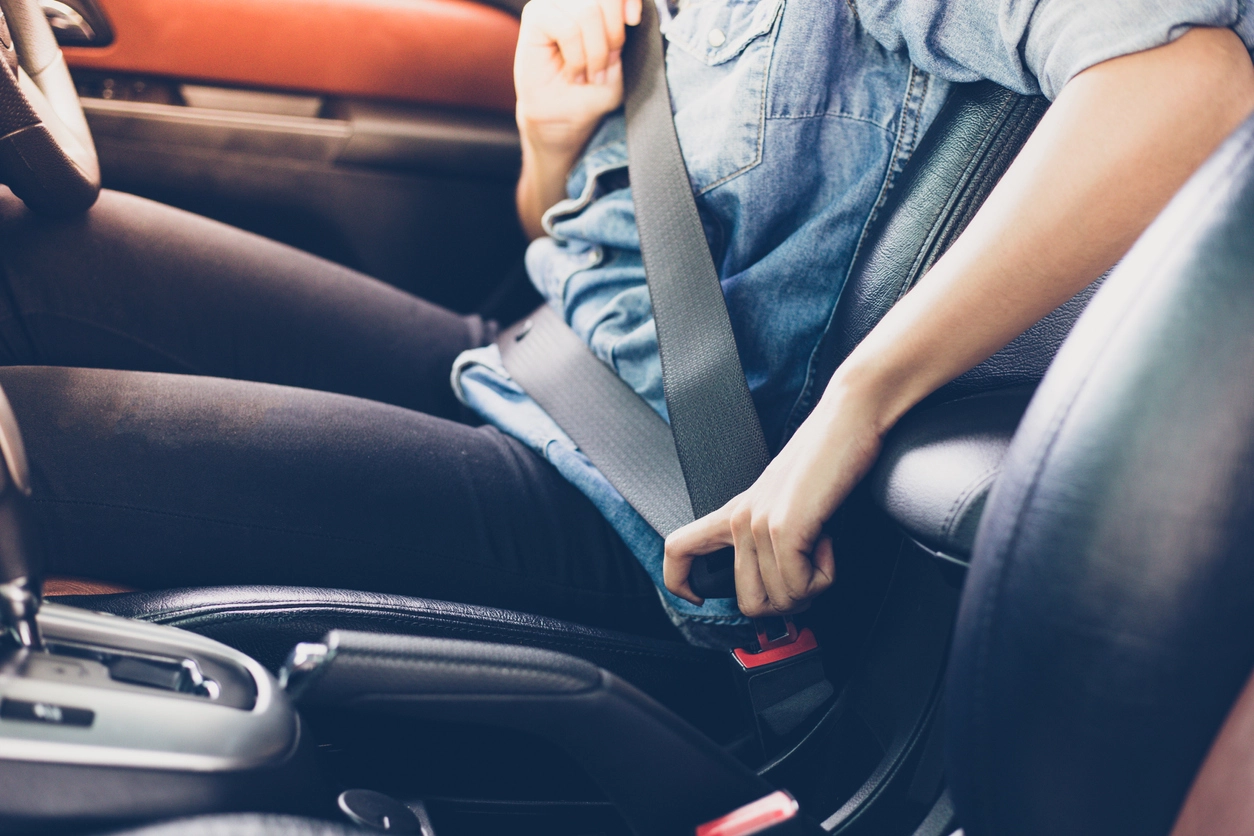Highway & city driving
Driving techniques due to the speed limits, traffic patterns, & road conditions.
- Highway Driving:Enter the highway at the proper speed: Use the acceleration lane to match the speed of traffic and merge smoothly.
- Keep a safe distance: Keep a safe distance from the car in front of you to allow for sudden stops or lane changes. The general rule of thumb is to maintain at least a two-second following distance.
- Stay in the right lane: Use the right lane for slower speeds and exiting the highway. Use the left lane for passing and faster speeds. Always pass on the left and return to the right lane when you have safely cleared the vehicle.
- Observe speed limits: Observe posted speed limits and adjust your speed to the flow of traffic. Do not exceed the posted speed limit as it can lead to a fine or loss of license.
- Be alert: Be alert for changing road conditions, construction zones, and other hazards. Always scan the road ahead and be prepared to react to unexpected situations.
- City Driving:
- Scan the road ahead: Be alert for pedestrians, bicyclists, and other vehicles. Scan the road ahead and be prepared to react to unexpected situations.
- Observe speed limits: Observe posted speed limits and adjust your speed to the flow of traffic. Do not exceed the posted speed limit as it can lead to a fine or loss of license.
- Yield to pedestrians: Always yield to pedestrians in crosswalks and be prepared to stop suddenly if necessary.
- Use turn signals: Always use your turn signals when changing lanes or turning.
- Be patient: City driving can be stressful and congested, so it is important to be patient and courteous to other drivers. Overall, both highway and city driving require different techniques and strategies. By staying alert, obeying traffic laws, and adjusting your driving behavior to the road conditions, you can drive safely and confidently in both environments.


